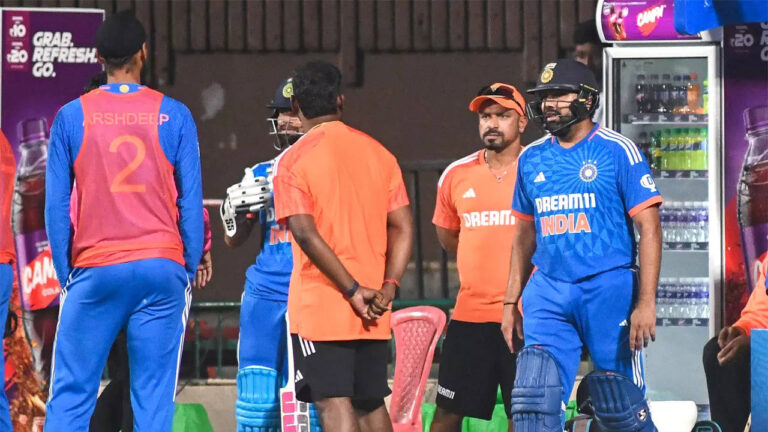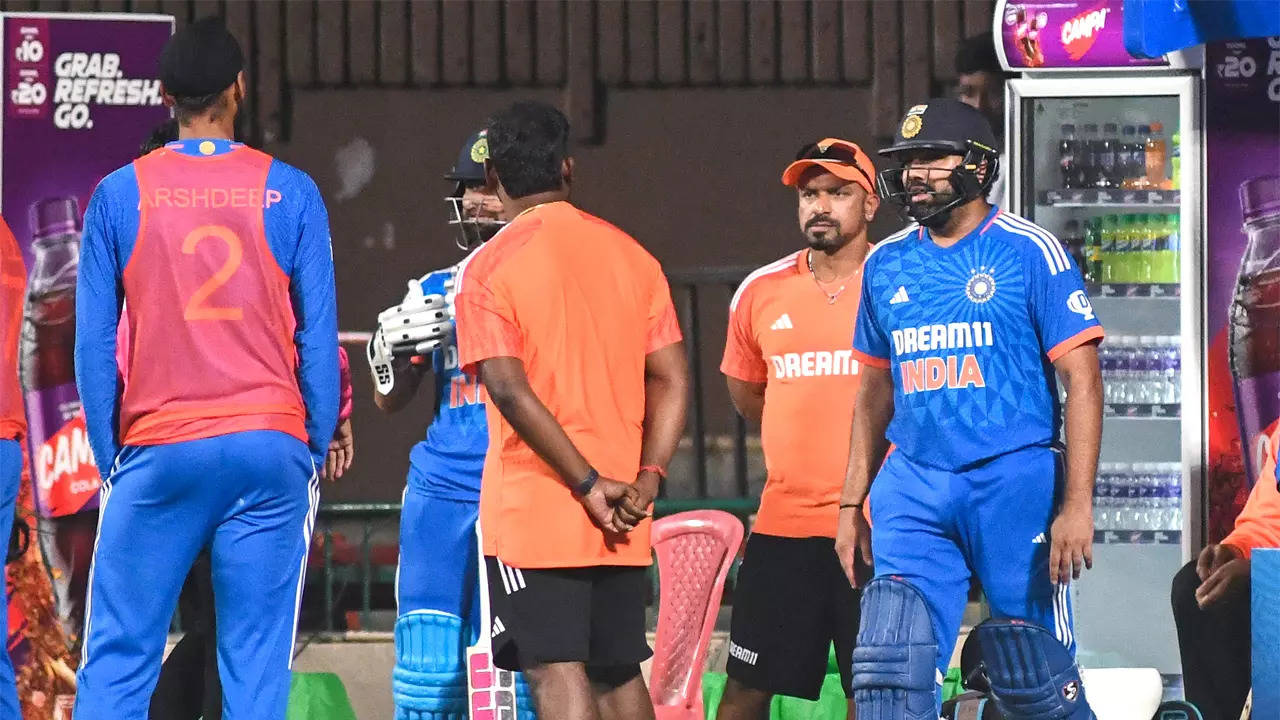
[ad_1]
India and Afghanistan found themselves locked at 212 at the end of the match, which required a Super Over to break the tie, but in the six balls of that tie-breaker, both the teams once again scored 16 runs each.
It brought the second ‘Super Over’ into play, where Ravi Bishnoi struck twice in the first three balls to win the game for India after the hosts had scored 11 runs.
The sport has so far seen only two matches requiring a double ‘Super Over’ to decide the winner. The first instance was the Mumbai Indians vs Punjab Kings match in the 2020 edition of the Indian Premier League and the second unfolded on Wednesday at Bengaluru’s Chinnaswamy Stadium.
Here’s an explainer on the ‘Super Over’ rules:
Can there be a third ‘Super Over’ after the second also ends in a tie?
The answer to that is yes. Until a winner is decided, Super Overs keep happening.
Is a team alowed to use the same bowler in the second ‘Super Over’?
This is not allowed as per the rules. Afghanistan wanted to utilize Azmatullah Omarzai again for the second ‘Super Over’ but were not allowed. So they had to throw the ball to Fareed Ahmad. Afganistan coach, Jonathan Trott, wasn’t too happy about it, but the rule has been in place from before.
“It (the rule) was not communicated (to us). We wanted Azmat to bowl the second over again, but Fareed bowled a great over. But these things will be explained and done in writing in the future. If those are the rules, that’s great. I just think we had a good game, and I don’t think that (rules) should be the talking point,” said Trott after the match.
The reason for batting switch in the second Super Over…
According to the rules, the team that batted first in the initial ‘Super Over’ will have to bat second in case the match goes to another ‘Super Over’ tiebreaker. It’s a rule that is applicable even for the batting turns in the regulation 20 overs, which, therefore, means that the team that batted first in the stipulated 20-over game will bat second in case the match is tied and requires a ‘Super Over’ to decide the winner.
What’s the rule around same batters for the second ‘Super Over’?
If the same batter didn’t bat or didn’t get out or had retired hurt in the first ‘Super Over’, the said batter is allowed to be listed among the three batters for the second ‘Super Over’ as well. But if the batter was dismissed in the first ‘Super Over’, the rules don’t allow his inclusion for a second go.
Thus, there was a confusion when Rohit came out to bat for the second ‘Super Over’ as well because it was believed he had ‘retired out’ in the first ‘Super Over’. The above-stated rule doesn’t allow a ‘retired out’ batter to do that. That’s why the incident has been debated and led to the conclusion that Rohit ‘retired’ so that a fresh batter (Rinku Singh) could replace him to run quick. Hence, he was allowed to have another crack.
[ad_2]
Source link
